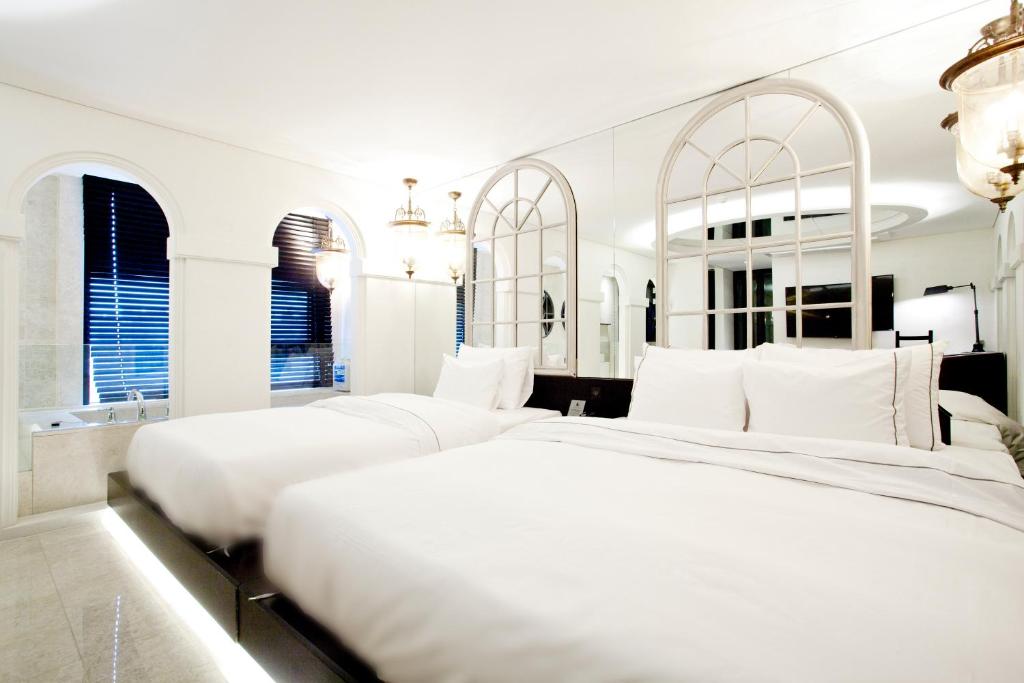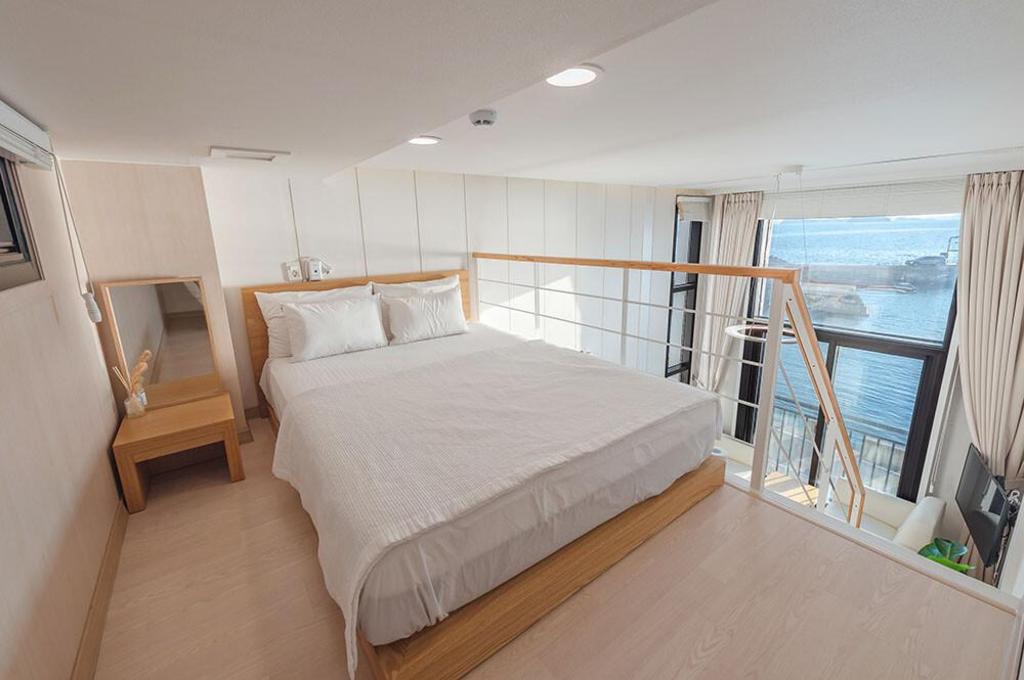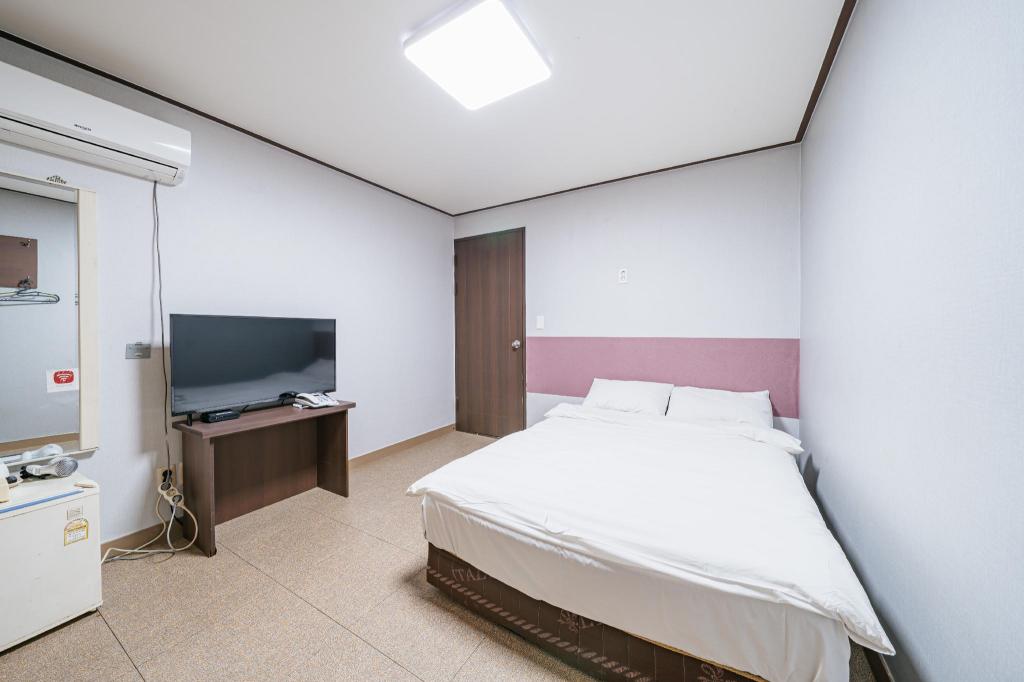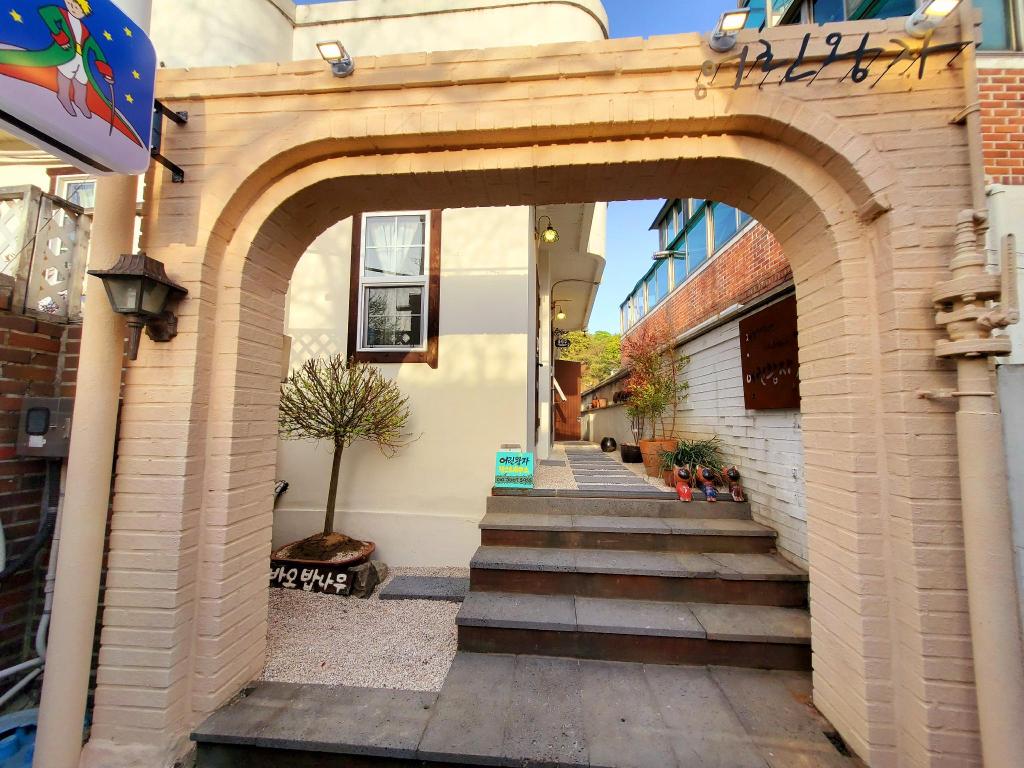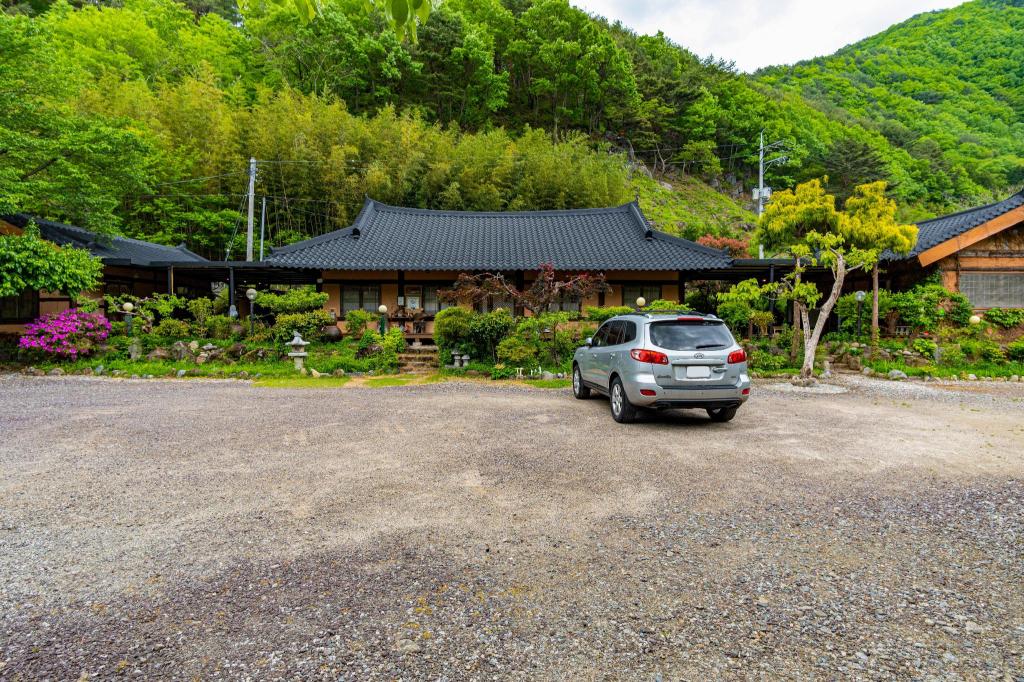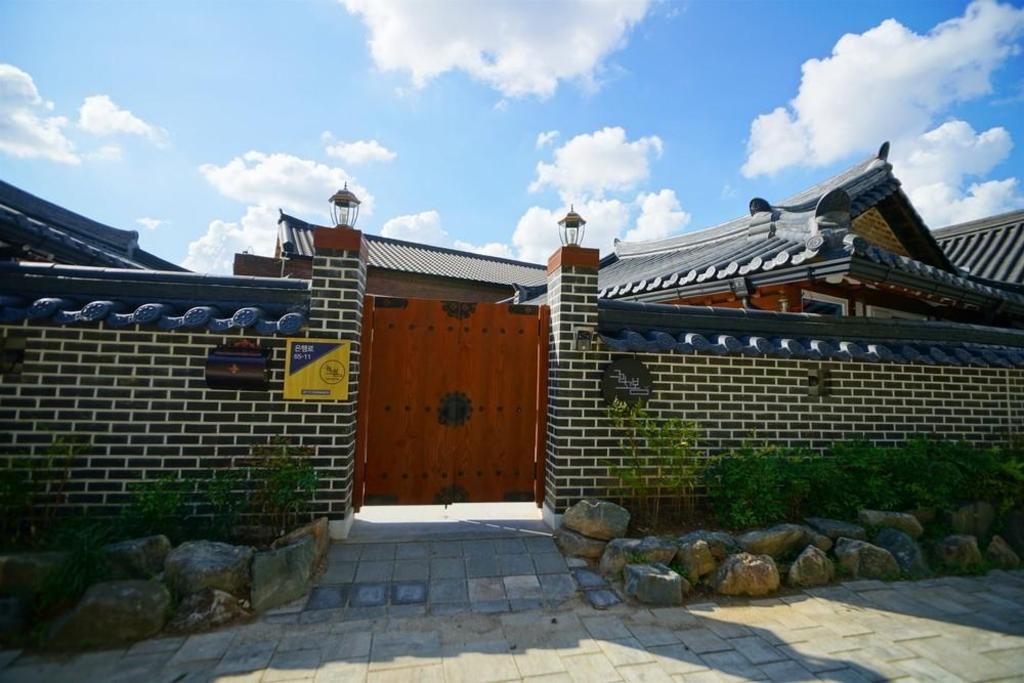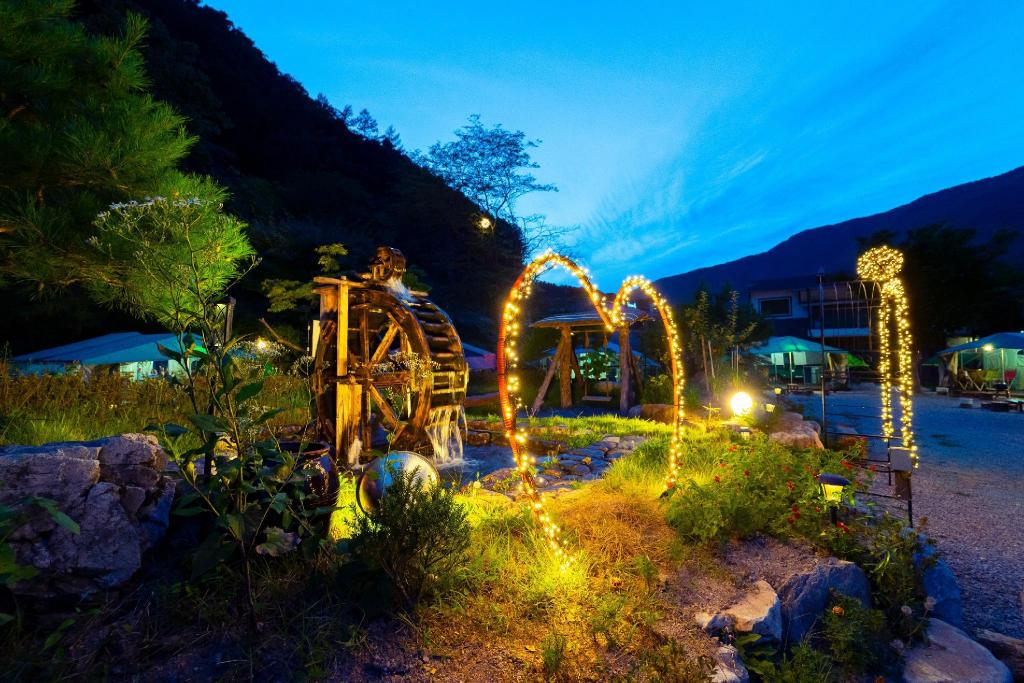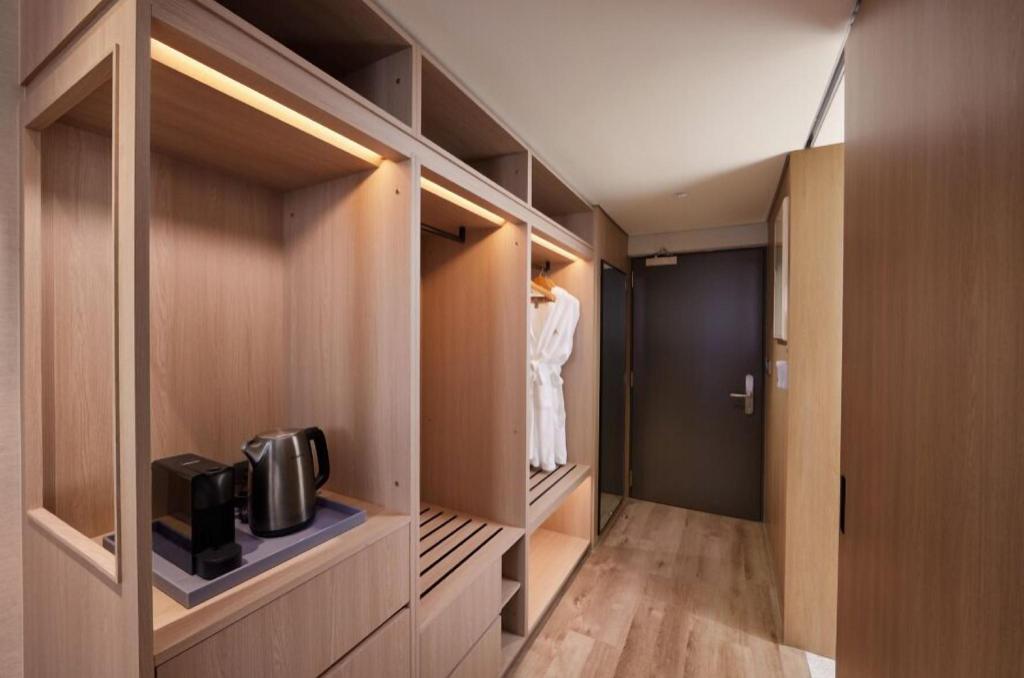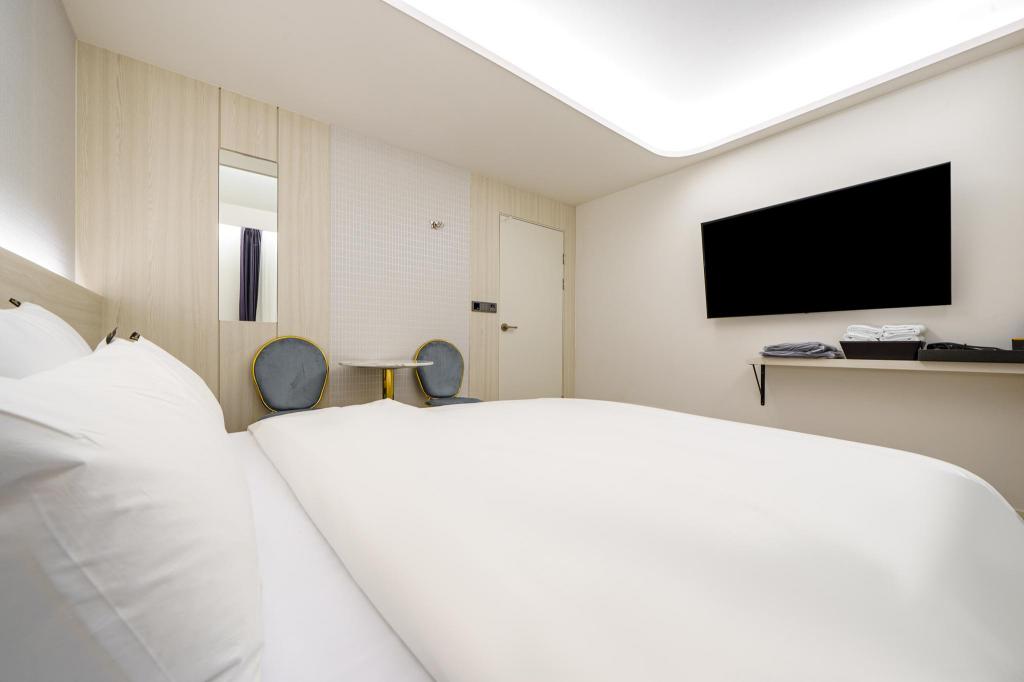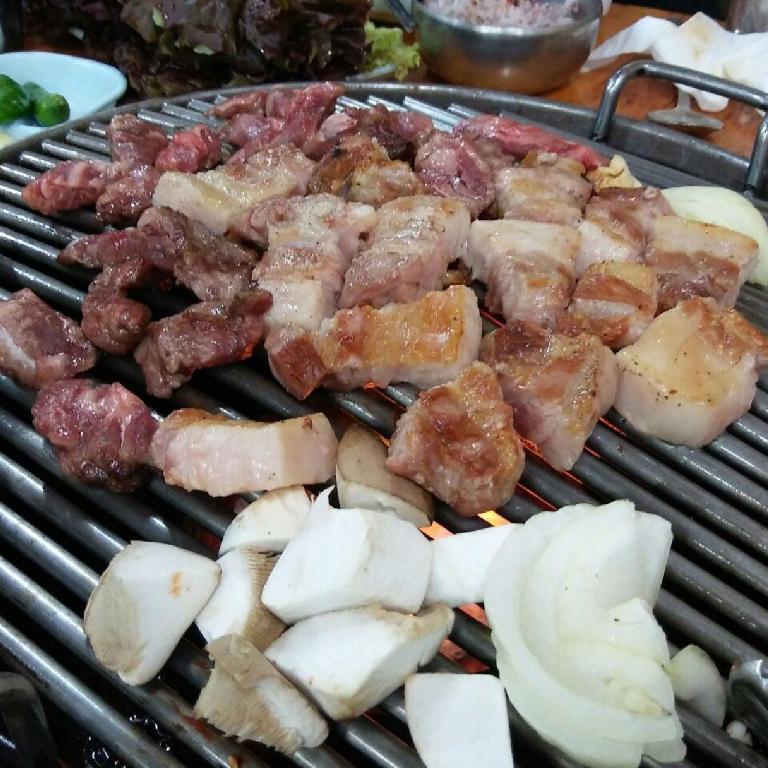Wangsimni Foresta Hotel is conveniently located in Doseon-dong, Seongdong-gu, Seoul. It is a short walk from Wangsimni Station, providing easy access to various transportation options. The hotel also offers free parking for guests.
**Rooms and Amenities**
The hotel offers a range of comfortable rooms, from standard double rooms to family rooms. All rooms are equipped with essential amenities such as air conditioning, TVs, and coffee/tea making facilities. Some rooms feature additional amenities such as video streaming services and daily newspapers. The hotel also provides room service for added convenience.
**Guest Experience**
The staff at Wangsimni Foresta Hotel is friendly and helpful. They are always willing to go the extra mile to make guests feel comfortable and welcome. The hotel’s 24-hour front desk offers concierge services and luggage storage.
**Nearby Attractions**
The hotel is surrounded by various attractions, including the Seoul Forest Park, the Lotte World Tower, and the Dongdaemun Design Plaza. Guests can easily explore Seoul’s cultural and historical sites from the hotel’s convenient location.
**Practical Information**
* Check-in: 10:00 PM
* Check-out: 12:00 PM
* Price Range: From 90,566 won per night
* Free Wi-Fi is available throughout the hotel.
* The hotel has a designated smoking area.
**Pros and Cons**
**Pros:**
* Convenient location
* Comfortable and well-equipped rooms
* Friendly and helpful staff
* Free parking and Wi-Fi
**Cons:**
* Some rooms may be small for larger families
* The hotel does not have a fitness center or swimming pool
Hotel Details
- Check-in time: 10:00 PM
- Check-out time: 12:00 PM
- Price range: ₩90,566
- Rating: 2 stars
Ready to experience this amazing hotel in 서울?
Explore more about traveling in 서울.
